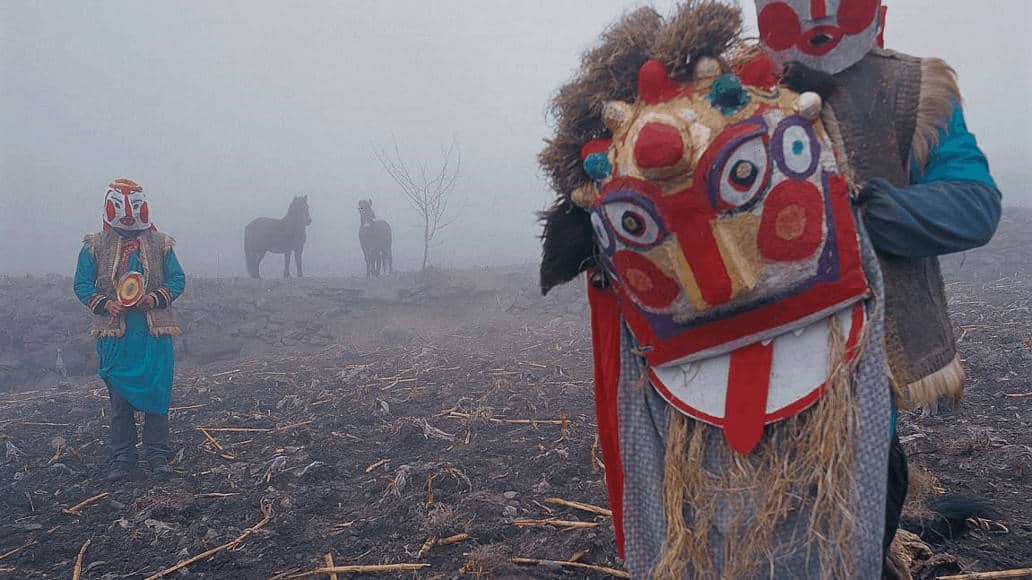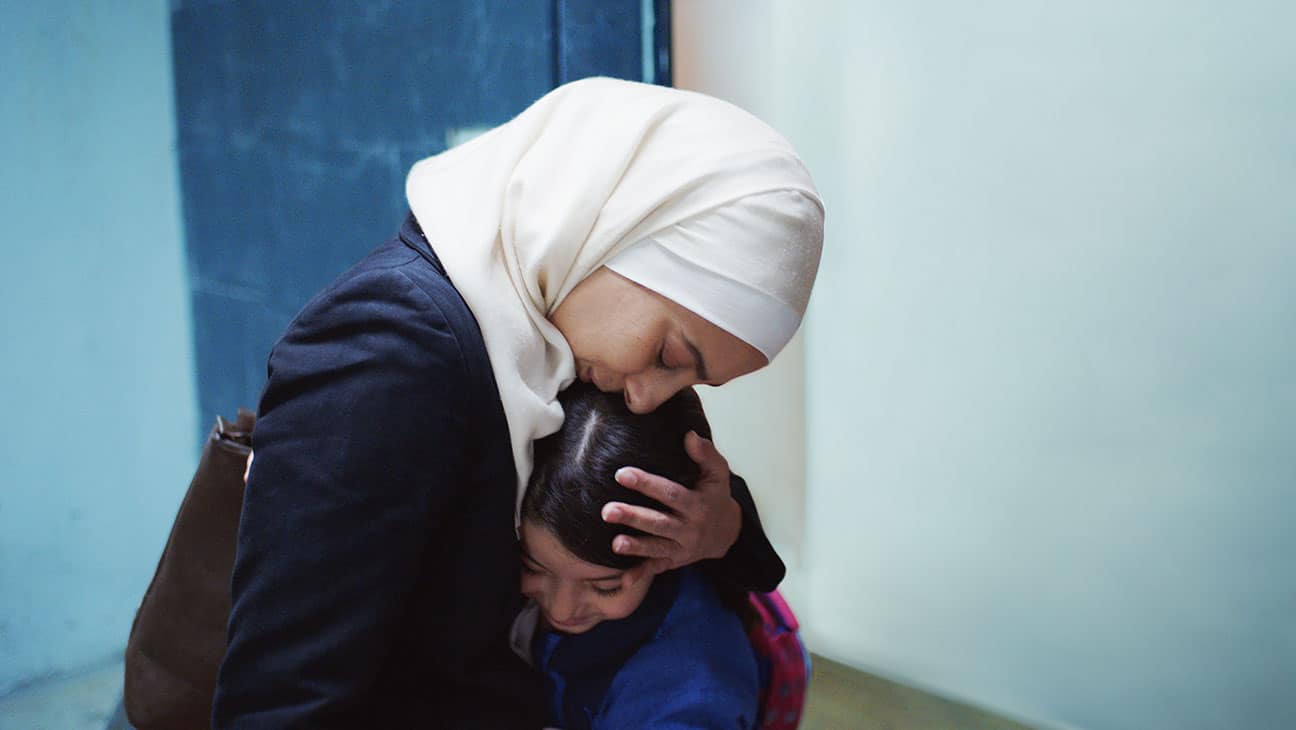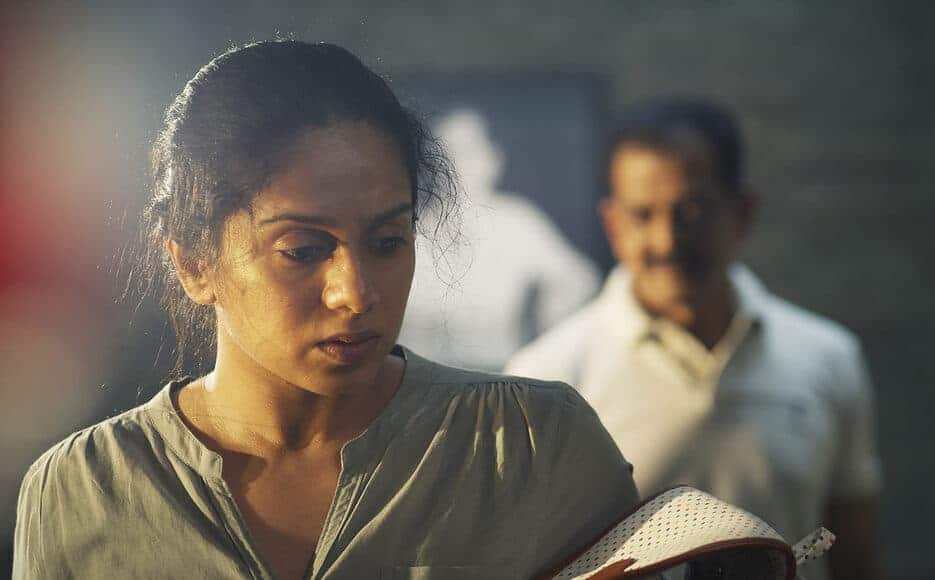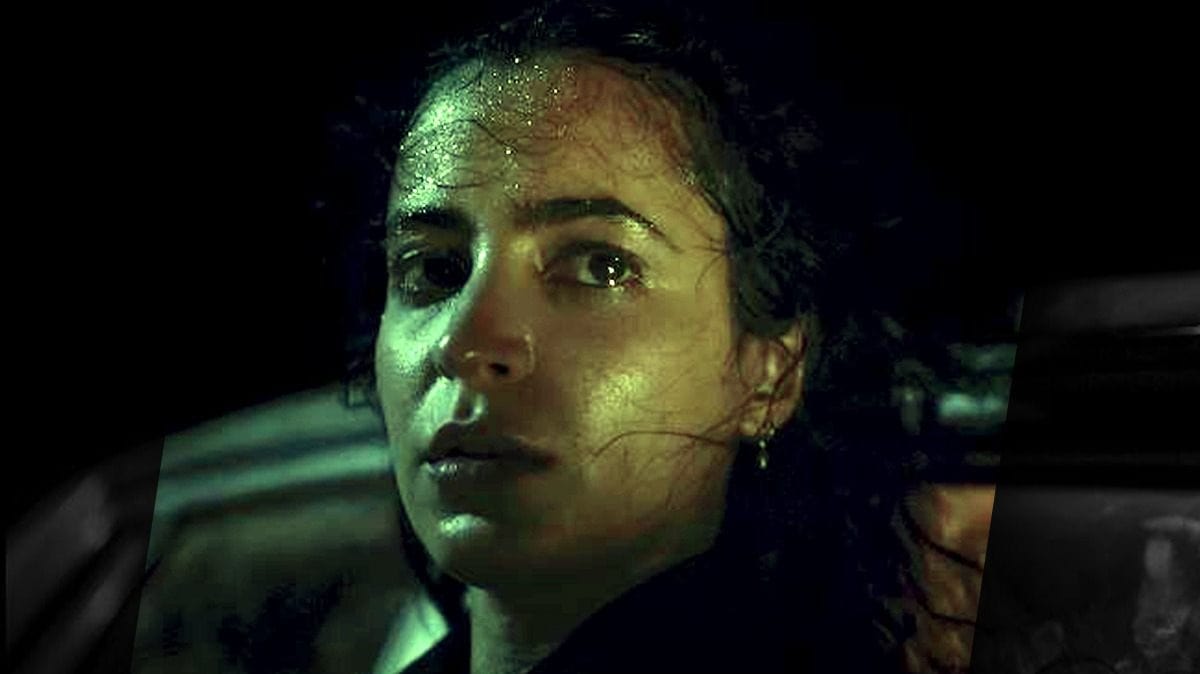“How far can you escape from your husband?”
In his fourth feature film, Mongolian director Janchivdorj Sengedorj explores the themes of domestic violence, dependency, and how to escape the kind of vicious circle these aspects can create. Even though Mongolian women's status in society is better compared to other Asian states, recent trends show how political and social change have altered the face of the country. In a report written by Morris Rossabi for Asian Society, for example, the author explains how cutbacks have resulted in a rise in unemployment, which in return increased the rate of alchol-related crimes and domestic abuse. Besides the rate of divorces increasing due to these developments, many women demand governmental action to “criminalize domestic violence.”Ultimately, “One Life of Two Women” may be seen as a mirror to some of these developments.
On the outside, Lardima (D. Purevsuren) and her husband Batsuuri (Geresukh Otgon) live a good life and ever since their first encounter their romance was simply destined to become true. However, over the years, Lardima has seen the other side of her husband's devotion to her: his jealousy, his tendency to control her every move and if necessary, to use violence against her. Locked inside her apartment all day and watched by Batsuuri for the remaining time, her marriage has been more about finding ways not to awake his brutal nature.
Years later, Lardima has become a prisoner in a women's jail. The guard, a woman named Altantamir (Navchaa Bazarjav), keeps a close watch on the inmates and has become infamous for talking down to them and coming up with strict punishments. Listening to the story of Lardima she eventually finds a connection to the young woman as she also suffers from a marriage defined by abuse. In the end, she decides to help Lardima with great consequences for both of them.

In this blend of drama and thriller, perhaps the most interesting aspect is how artfully Sengedorj and cinematographer O. Bazarragcha show the change what should have been a future defined by happiness. The black-and-white photos in the apartment of Lardima and Batsuuri bear witness to the great moments in their life together, some of which resulting in short sequences resembling some kind of flicker book. As a result, the effect is like a re-capturing of perfect memories or moments idealized in the way they are framed and visualized. Of course, the contrast to the reality Lardima endures now could not be greater, also leading to the question of how long her husband has shown this kind of behavior, how long her ordeal has been going on. All of which witnessed by these cruel reminders of happiness.
However, as soon as the perspective switches partly to Altantamir, the visual tone of the film changes, becoming more documentary-like in parts. Especially the scenes between Bazarjav and her husband, played by actor U. Batbaatar, resemble the great dramas by John Cassavetes at times. Whereas her husband has given in to alcoholism and the desperation of unemployment, her whole persona has become about enduring, about bridging the gap between the tough guard and the protector of her only son. Bazarjav and Purevsuren play women on the verge of their individual breaking points, two characters whose prison has become reality even outside the actual prison walls.

Out of the male characters of this film, perhaps Geresukh Otgon's Batsuuri leaves the most lasting impression on the viewer. Even though he becomes a bit of a caricature in the end, his unpredictable nature combined with his “love” for his life make him an interesting antagonist.
“One Life of Two Women” is a decent mixture of drama and thriller with a good cast and cinematography. In its best moments, it is a story offering disturbing insight into the relationships it portrays and how far these characters would go to recapture happiness, or indeed escape the prison it has become.
Sources:
Rossabi, Morris. Women in Modern Mongolia
asiasociety.org/education/women-modern-mongolia, last accessed on: 01/09/2019















